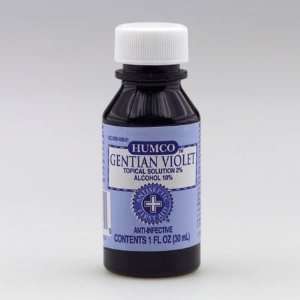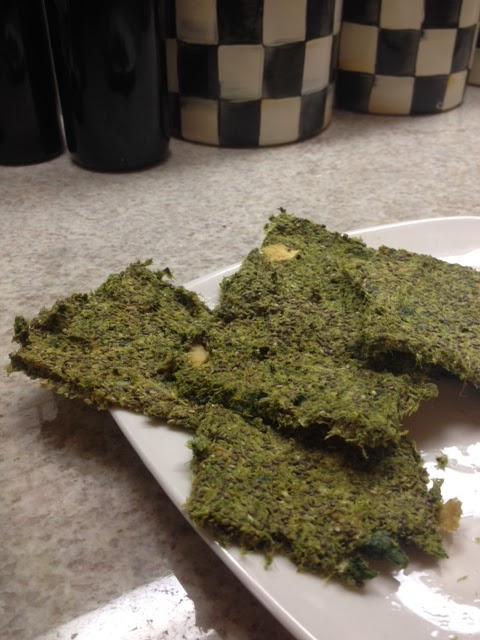 |
| Photo Credit: www.blisstree.com |
Hopefully, you are doing your best to survive the frigid temperatures and snow drifts still plaguing the nation. I certainly know we are doing our best!
With that said, we are also trying to keep our New Year's resolution of a happier, healthier, new and improved self. Not only should we be trying to live happier and healthier lives for ourselves, but we should be helping our dogs to accomplish the same goal. This post kicks off our "Happier, Healthier Pup" series on The Upper Paw. Over the next several posts, we will aim to bring you tips, products, services, and recipes to help your dog in both body and mind.
So, with our first post we wanted to explore the question of, "Can your dog benefit from a cleanse?" or, even experience a cleanse?
Cleanses are extremely popular right now and you would have to be living under a rock to not be hearing about the latest and greatest way to "cleanse" your internal system and reboot your body for greatness. Even my husband and I, along with several of our friends and co-workers, are just finishing up a cleanse of our own.
So, can the same benefits be achieved for your dog?
Just like humans need to lose additional pounds and "clean out the bad stuff"...some veterinarians feel your dog can benefit from the same.
Chances are your dog is not eating a home-prepared diet for every meal...and chances are you also have your dog on the basic preventative meds (i.e. heartworm and flea/tick preventives). These factors, coupled with exposure to chemicals in the environment lead to the accumulation of toxins in the body. To combat this, your dog's liver and kidneys are tasked with clearing out the toxins. If these organs aren't working, this can lead to "toxin overload" resulting in chronic health issues ranging from itchy, flaky skin to organ failure. It's in this case, where a cleanse can be the answer.
Who can benefit?
According to holistic veterinarians, Dr. Basko and Dr. Becker, your dog can benefit from a cleanse if they exhibit one or more of the below symptoms:
- Smelly, even after a bath
- Chronic liver or kidney disease
- Overweight
- Lipomas or fatty lumps
- Excessive discharge from eyes, nose, ears
- Receives regular doses of medication, such as flea/tick or heartworm preventives
How often?
Dr. Basko recommends trying one day a week for six weeks.
Check out
Dr. Basko's Holistic Recipe for a Cleanse:
Ingredients:
- Soup bone (beef or pork)
- 1/2 cup of dried shiitake mushrooms (soak overnight in 1 cup of water)
- 1/2 cup of chopped beet greens
- 1/2 cup of chopped kale
- 1/2 teaspoon of sea salt
- 3 cups of purified or filtered water
Bring the pot of water to a boil with the bone and sea salt. Reduce the heat and simmer for about 30 minutes covered. Add the mushrooms, beet greens, and kale to the water. Bring to a boil and simmer for another 30 minutes. Let the broth sit until it is room temperature. Then separate the solids from the liquid and save the liquid in a glass jar that can be tightly sealed and keep refrigerated.
Give your pet 5cc (1 teaspoon) per 5 lbs of body weight 6 times a day for one day each week.
Example: A 50 lb dog would take 10 x 5 = 50 cc = 10 teaspoons 6 times a day.
As with any change to your dog's health regimen, consult with your veterinarian beforehand.
For more healthy tips and advice, be sure to also check out
Dr. Basko blog and
Dr. Becker's articles on HealthyPets!
Love,
A & A
.JPG)






.JPG)
























